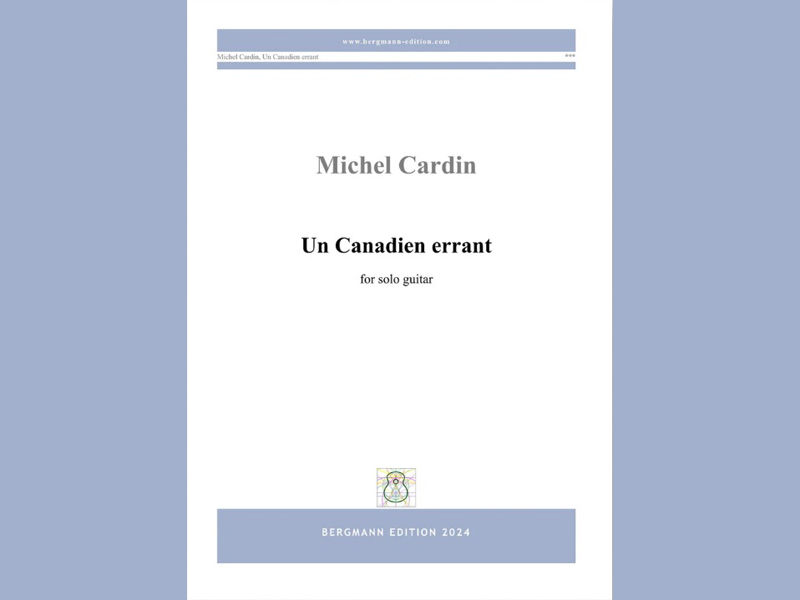Richard A. Vaughan : Donkey in the Road: Bergmann
- chrisdumigan
- Sep 29, 2022
- 2 min read

Richard A. Vaughan
Bergmann Edition: 8 pages
This new piece by English born Vaughan is available to hear on YouTube played by the composer should anyone want to hear it. It is a quirky little piece that needs a decent player to do it full justice. Set in D minor with a dropped D 6th (which actually is not mentioned on the top of the music, but if you go down far enough, you spot it!) it lollops around , obviously imitating the donkey’s walk, and then becomes very quickly driven largely by a melody full of chords for most of the time. Here is what makes this piece as hard as it is, because you really do have to be able to move swiftly and cleanly from one beat to the next, playing three and sometimes four note chords for a certain amount of the time. The harmonies throughout often tip over into modern , to the extent that you cannot always feel a key structure from some parts, and again that does make certain passages a little difficult. But everything has a nice almost comic touch to it. After the opening melody there is a bar that links to the next middle theme that might need a bit of explanation, in that what appears to be a misprint isn’t. Bar 13 has as its 4th quavers a pair of notes, the top one being a G# string 1 , fret 4 , and underneath a G. On checking the recording I realized that the lower note really is a G natural, and that the pair of notes is meant to be a clash of G/G#, and not a misprint of any sort. The middle section that follows is full of open strings mixed with fretted notes, paired off in unusual patterns that do take some working out, and again everything is a little strangely harmonized and comic. There is a large mixture here too of sharps and flats and naturals mixed up, making reading a little slow at first, and I wondered in a few places why the signs weren’t different. For example bar 23, a low F# topped by a third string Bb, leading to a pair of B naturals. So in essence the pair before is an F# chord, so why wasn’t the Bb written as an A#, which surely would have made more sense, and been easier to read. Similar occurrences happen on bar 24 and in other occasional places, which had they been altered might have been a little easier to read. The middle section moves around in two or three voices quite considerably and one has to have a quick response to a few of them. Eventually the opening theme returns for a final time, varied slightly as it goes along , and then moves into a coda with a couple of moments where one jumps from the top to the bottom of the fingerboard in two voices, that are not too easy, and a pianissimo chord of Dm as a final close.
This was a humorous piece that definitely is not too easy to play, but has a nice character to it, and is written in a modern but relatively friendly style that will appeal to many players.
Chris Dumigan




Comments